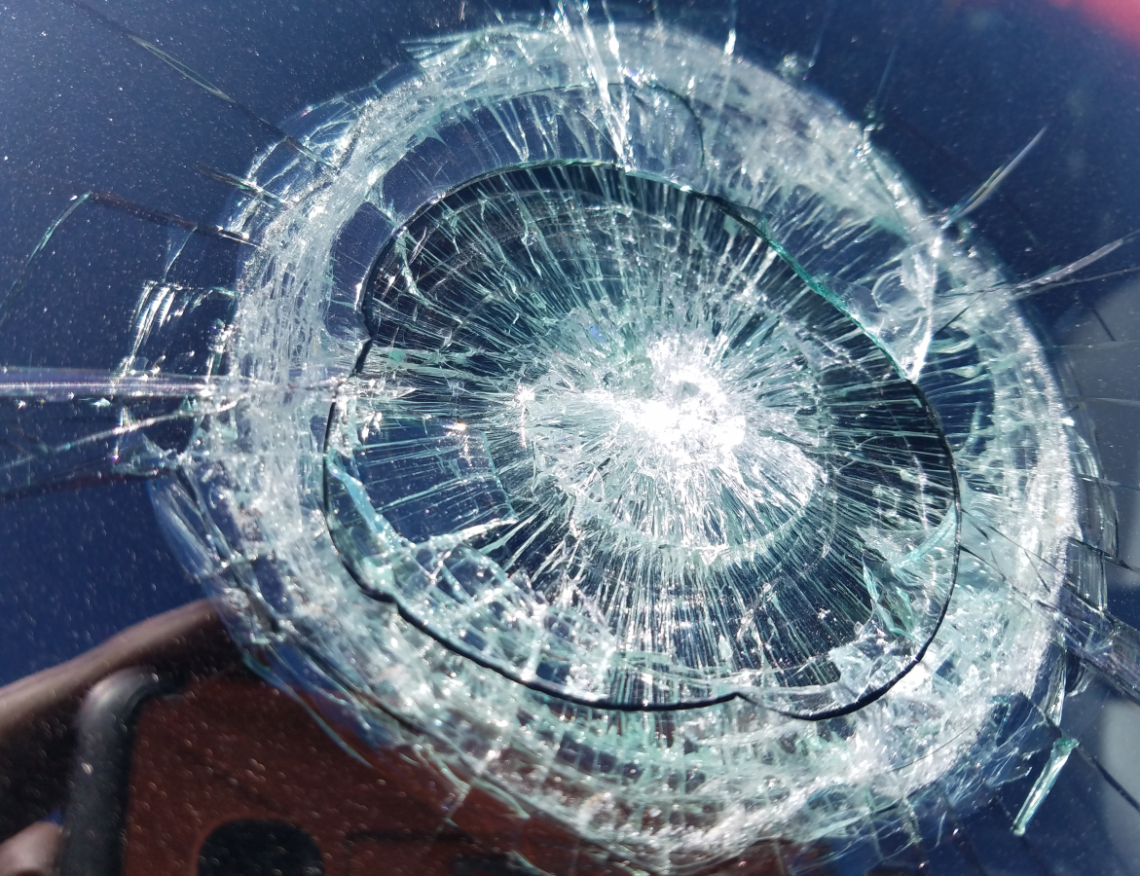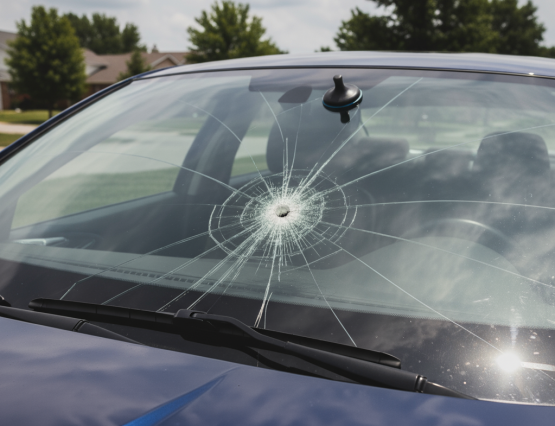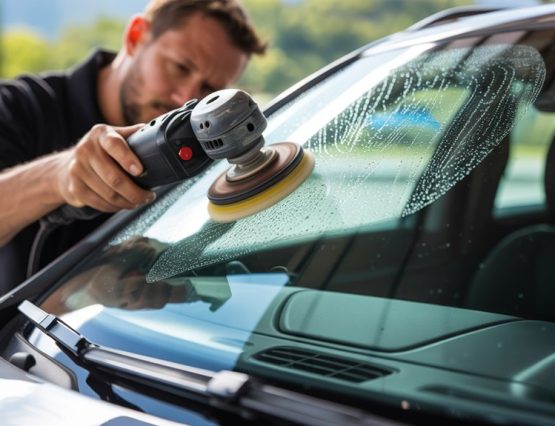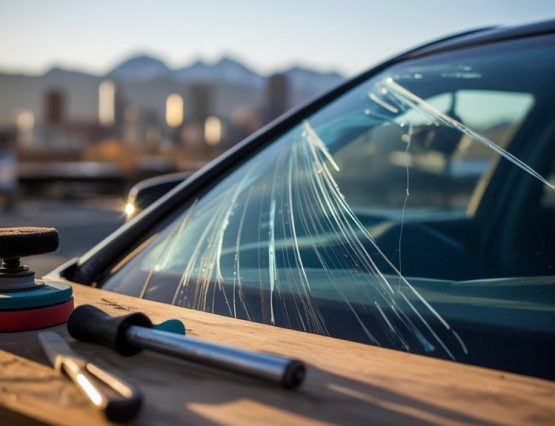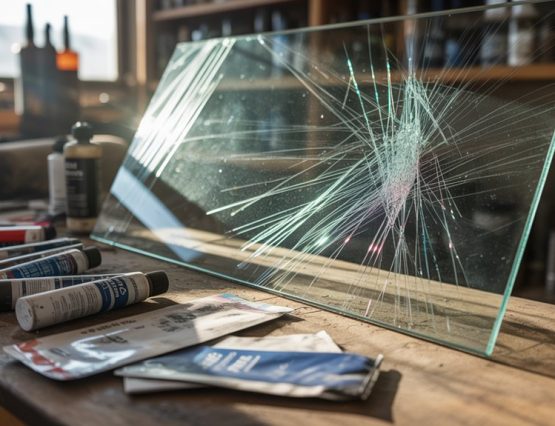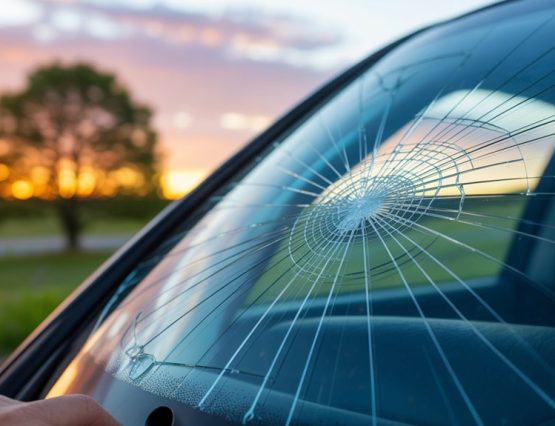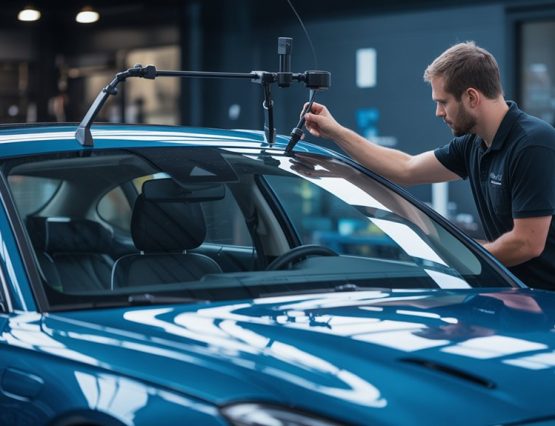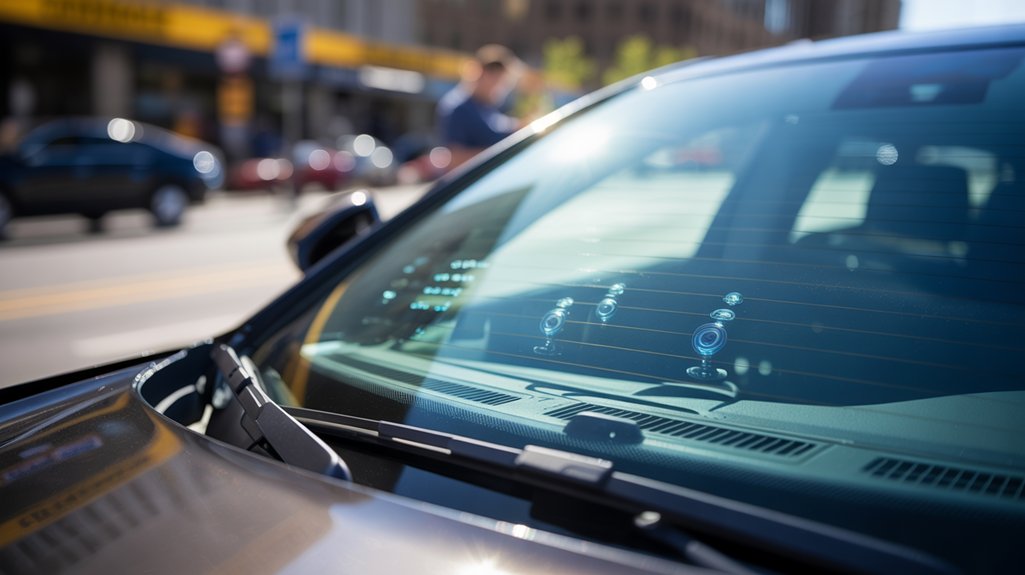
When it comes to your vehicle, understanding Advanced Driver Assistance Systems (ADAS) is crucial, especially in Centennial. These systems rely heavily on your windshield for proper functionality. If you ever need a windshield replacement, it’s vital to ensure that everything is done correctly. Otherwise, you could be putting yourself and others at risk. Let’s explore the importance of proper replacement and calibration to keep you safe on the road.
Key Takeaways
- ADAS features, such as lane-keeping assistance, rely on precise windshield sensor alignment for optimal performance and safety.
- Proper windshield installation is crucial; any errors can lead to false alerts or compromised safety features.
- Calibration after windshield replacement is essential to ensure ADAS systems operate correctly and efficiently.
- Choosing qualified professionals for windshield replacement can prevent risks like water leaks and compromised airbag deployment.
- Maintaining windshield integrity is vital for the effectiveness of advanced safety features in vehicles.
Understanding Advanced Driver Assistance Systems (ADAS)
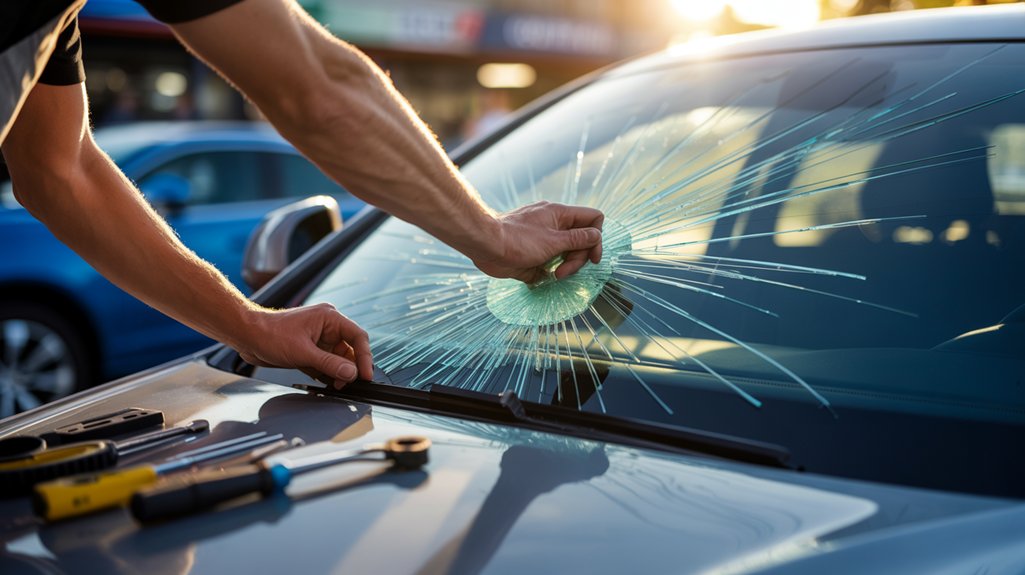
As you navigate the ever-evolving landscape of automotive technology, understanding Advanced Driver Assistance Systems (ADAS) becomes essential.
ADAS technologies enhance your driving experience by providing features like lane-keeping assistance, adaptive cruise control, and automatic emergency braking. These systems rely on sophisticated sensor integration, utilizing cameras, radar, and LiDAR to gather real-time data about your surroundings.
This data helps your vehicle make informed decisions, improving safety and reducing the likelihood of accidents. By familiarizing yourself with ADAS, you’ll not only enhance your driving skills but also understand how these technologies work together to create a safer road environment.
Embracing this knowledge can help you appreciate the advancements in automotive safety and make informed decisions about your vehicle.
The Role of Windshields in ADAS Functionality
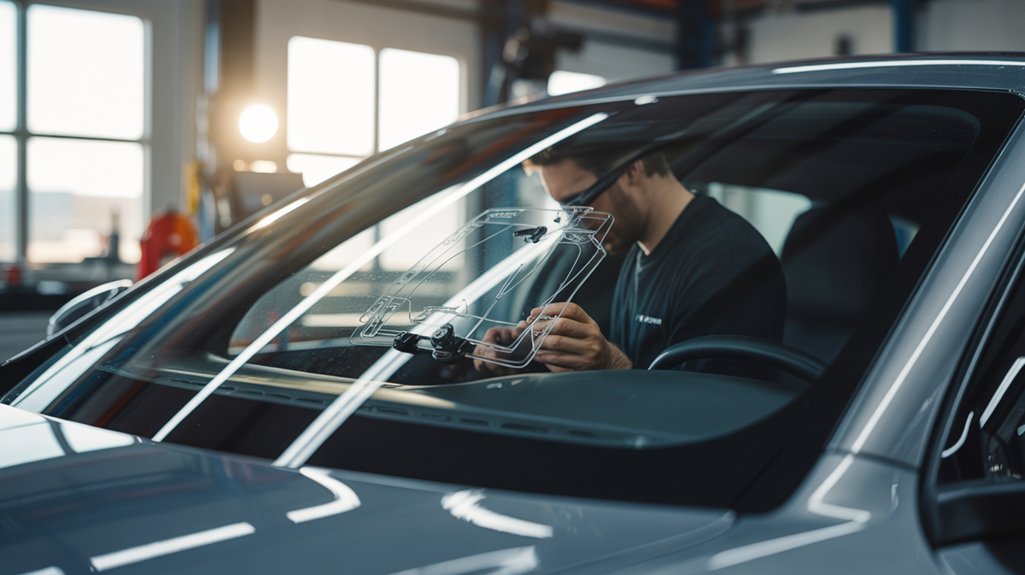
Windshields play a crucial role in the functionality of Advanced Driver Assistance Systems (ADAS). They’re not just barriers against wind and debris; they house essential windshield sensors that enable features like lane-keeping assistance and collision detection.
When you drive, these sensors rely on precise alignment and clarity to function correctly. If your windshield isn’t properly installed or if it’s damaged, the performance of ADAS can be compromised.
Modern glass technology ensures that windshields are designed to support these sensors, enhancing safety and driving experience.
Common ADAS Features That Depend on Windshield Integrity
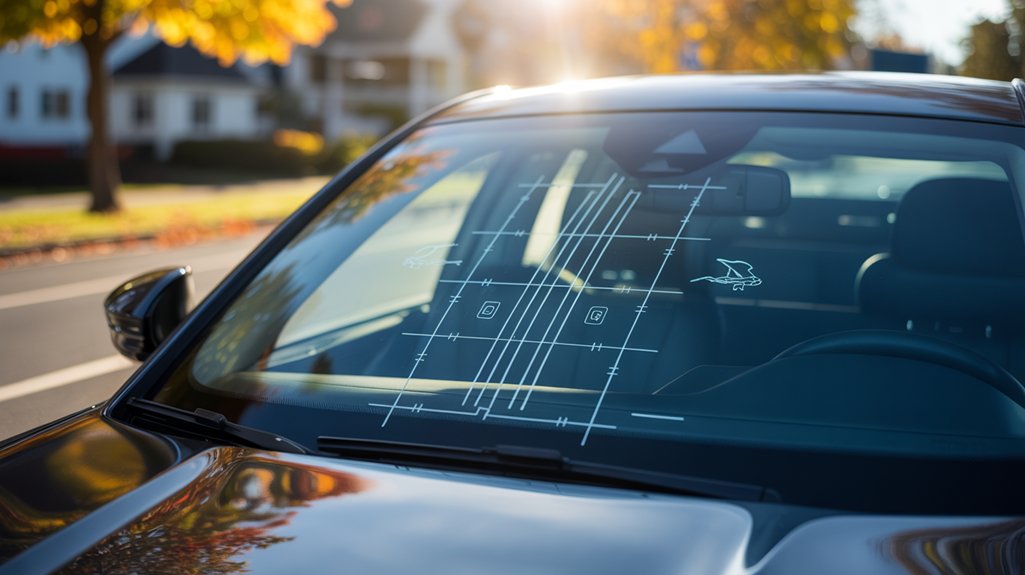
Understanding the features of Advanced Driver Assistance Systems (ADAS) is essential for any driver today. Several key features rely heavily on windshield integrity to function properly.
For instance, the lane departure warning system uses cameras usually mounted on the windshield. If the glass isn’t properly installed or is damaged, it can lead to false alerts or missed warnings, putting you at risk.
Additionally, automatic braking systems depend on sensors that often sit behind the windshield. A compromised windshield can affect these sensors’ accuracy, potentially failing to detect obstacles in time.
Keeping your windshield in top shape is crucial not just for visibility but also for the effectiveness of these safety features that help you stay safe on the road.
The Calibration Process After Windshield Replacement
Once you’ve replaced your windshield, calibrating the Advanced Driver Assistance Systems (ADAS) is crucial to ensure they function correctly.
Proper calibration ensures that features like lane departure warnings and adaptive cruise control operate as intended. You’ll need specialized calibration tools to accurately align the sensors and cameras.
It’s essential to choose a technician with adequate training in ADAS calibration. They should understand the specific requirements for your vehicle make and model.
During the calibration process, the technician will assess the system’s performance to confirm everything’s in working order. Skipping this step can lead to safety issues and affect your vehicle’s overall performance.
Risks of Improper Windshield Replacement
If you don’t prioritize proper windshield replacement, you could face serious risks that extend beyond just aesthetics.
An improperly installed windshield compromises its integrity, which can lead to dangerous consequences. For instance, a weak seal may allow water to leak into your vehicle, causing mold and electrical issues.
More critically, it can affect the deployment of airbags during a collision, severely impacting your safety. The safety implications are significant; a flawed installation can increase the likelihood of the windshield shattering, putting you and your passengers at risk.
Don’t underestimate the importance of a correctly replaced windshield—your safety depends on it. Ensure that you choose a qualified professional to maintain your vehicle’s structural safety.
Choosing the Right Service for Windshield Replacement
How can you ensure that your windshield replacement is done correctly? Start by researching service options in your area.
Look for companies specializing in windshield replacement, particularly those familiar with ADAS technology. Customer reviews are invaluable; they provide insight into the experiences of others.
Check online ratings and testimonials to gauge the quality and reliability of the service. Don’t hesitate to ask for recommendations from friends or family.
Once you’ve narrowed down your choices, contact the services to inquire about their expertise and warranties offered. Ensure they use high-quality materials and follow industry standards.
Ensuring Your Safety on the Road With Proper ADAS Functionality
While you mightn’t think about it often, ensuring your Advanced Driver Assistance Systems (ADAS) are functioning properly is crucial for your safety on the road.
ADAS technology plays a vital role in preventing accidents by enhancing your vehicle’s awareness of its surroundings. Features like lane departure warnings and adaptive cruise control rely heavily on precise calibration and functioning sensors.
When your windshield gets replaced, it’s essential to ensure that these systems are recalibrated to meet safety standards. A misaligned camera or sensor can compromise your vehicle’s ability to respond effectively to potential hazards.
Frequently Asked Questions
How Can I Tell if My ADAS Is Functioning Properly?
To check if your ADAS is functioning properly, look for ADAS indicators on your dashboard. If they’re lit or flashing, it might signal sensor misalignment, so consider getting your sensors aligned for optimal performance.
What Are the Costs Associated With ADAS Calibration?
ADAS calibration costs can vary widely based on your vehicle’s make and model, typically ranging from $100 to $500. Installation expenses may also add up, especially if specialized equipment or expert technicians are needed.
Can I Drive Without Recalibrating My ADAS After a Replacement?
You shouldn’t drive without recalibrating your ADAS after a replacement. The recalibration process ensures your system functions correctly, maintaining safety and performance. Ignoring it could lead to dangerous situations on the road.
How Often Should I Check My Windshield for Damage?
You should check your windshield regularly for damage, ideally every month. Use windshield inspection tips like looking for chips or cracks, and apply damage prevention strategies, such as parking in shaded areas to minimize sun exposure.
What Insurance Covers Adas-Related Windshield Replacements?
You should check your insurance policies for coverage limits on ADAS-related windshield replacements. Many standard policies cover such damages, but it’s crucial to verify specifics to ensure you’re fully protected in case of an incident.
Conclusion
In Centennial, ensuring your vehicle’s ADAS functions properly after a windshield replacement is crucial for your safety. Remember, the sensors embedded in your windshield are vital for features like lane departure warnings and automatic braking. Always choose qualified professionals who understand the calibration process to avoid risks associated with improper installation. By prioritizing this step, you’re not just protecting your investment; you’re safeguarding yourself and your passengers on the road. Don’t take chances—opt for precision and expertise.

